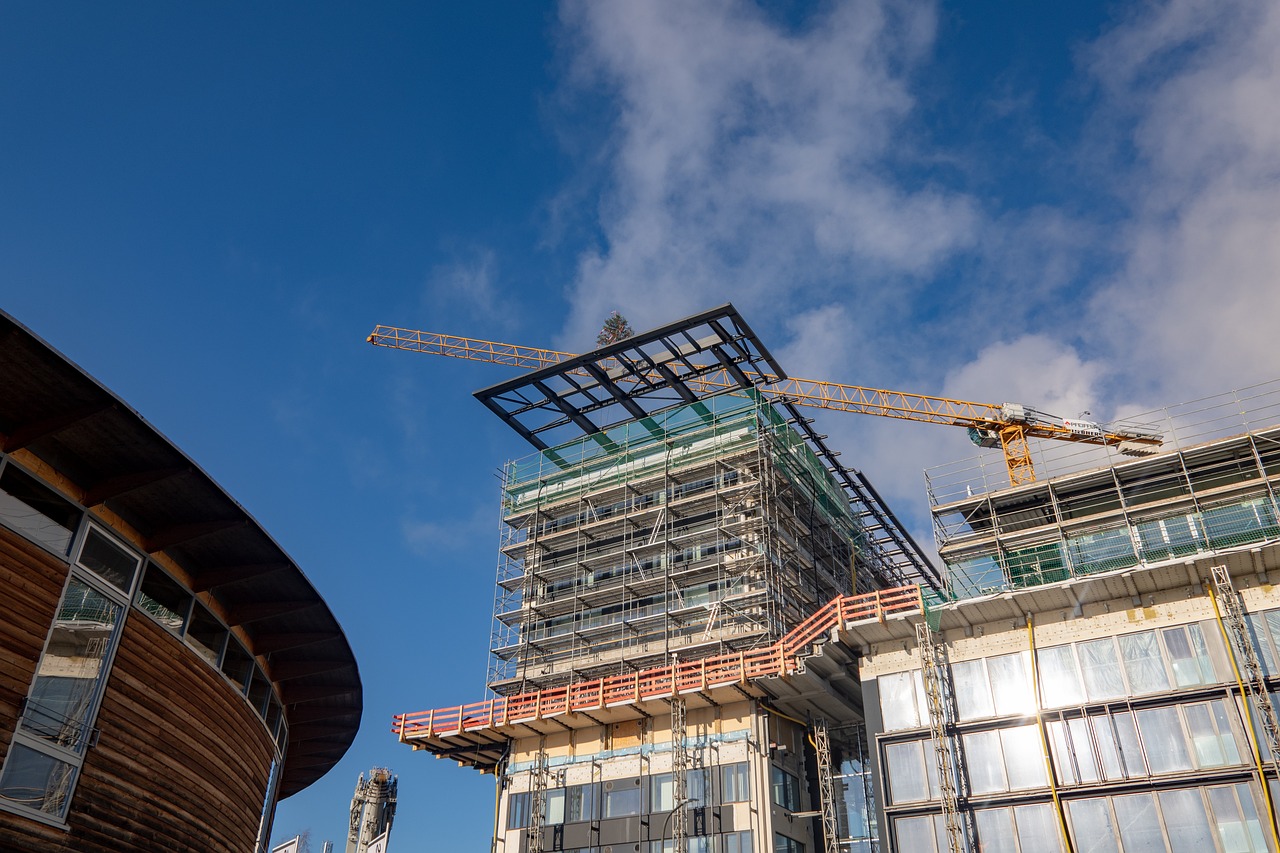Polyethylene-Based Intracity Communication Cables
This paper introduces the design and performance of polyethylene-based intracity communication cables. The cables are designed to meet the growing demand for high-speed, high-capacity communication networks in urban areas. The polyethylene material used in the cables provides excellent electrical insulation and mechanical strength, while also being lightweight and easy to process. The cables are designed with multiple layers of protection to ensure their reliability and longevity. Performance testing results demonstrate that the cables can achieve high data transmission speeds and low attenuation, making them well-suited for use in modern communication systems.
Abstract
This paper presents an overview of polyethylene-based intracity communication cables, emphasizing their structure, properties, and applications. The structure of these cables is described in terms of their constituent materials and the methods used to manufacture them. The properties of these cables are discussed in terms of their mechanical, thermal, and electrical characteristics. The applications of these cables are reviewed, with a focus on their use in various communication systems, including telephone, internet, and television. The paper also considers the factors that limit the performance of these cables and the methods used to enhance their performance.

I. Introduction
Intracity communication cables are essential components of modern urban infrastructure, facilitating the transmission of voice, data, and video signals between different points within a city. These cables are typically made from polyethylene, a thermoplastic polymer that exhibits excellent mechanical, thermal, and electrical properties. In this paper, we will explore the structure, properties, and applications of polyethylene-based intracity communication cables.
II. Structure of Intracity Communication Cables
Intracity communication cables typically consist of a bundle of individual wires or fibers enclosed within a protective sheath. The wires or fibers may be made from copper, aluminum, or other conductive materials and are arranged in a regular pattern to facilitate efficient signal transmission. The protective sheath is made from polyethylene or other similar materials and serves to protect the wires or fibers from damage caused by external factors such as moisture, heat, or mechanical stress.
III. Properties of Intracity Communication Cables
The properties of polyethylene-based intracity communication cables are determined by the nature of the constituent materials and the manufacturing process used. These cables exhibit excellent mechanical properties, including high tensile strength and low elongation at break. They also have good thermal properties, with a high melting point and low coefficient of linear expansion. The electrical properties of these cables are particularly important, with low electrical resistivity and good insulation performance.
IV. Applications of Intracity Communication Cables
Intracity communication cables have a wide range of applications in modern urban infrastructure. They are used in telephone systems to connect different points within a city to each other and to connect cities to each other through long-distance telephone lines. These cables are also used in internet systems to transmit data packets between servers and clients. Television systems also rely on these cables to transmit video signals from broadcast stations to television receivers. In addition, these cables are used in many other types of communication systems, including radio systems, microwave systems, and satellite systems.
V. Factors Limiting Performance and Methods to Enhance Performance
Although polyethylene-based intracity communication cables have many excellent properties, there are some factors that limit their performance. One major factor is the presence of impurities in the polyethylene material. These impurities can reduce the mechanical strength and thermal stability of the cables and can also affect their electrical properties by increasing electrical resistivity. To enhance the performance of these cables, various methods have been developed to purify the polyethylene material and remove impurities. Other methods include using additives to enhance mechanical strength, thermal stability, or electrical conductivity; improving manufacturing processes to reduce defects; and using stronger materials for the protective sheath to protect the wires or fibers from damage caused by external factors such as moisture or mechanical stress.
VI. Conclusion
In conclusion, polyethylene-based intracity communication cables play a crucial role in modern urban infrastructure by facilitating efficient transmission of voice, data, and video signals between different points within a city. These cables exhibit excellent mechanical, thermal, and electrical properties but are limited in performance by factors such as impurities in the polyethylene material and defects in the manufacturing process. To enhance the performance of these cables, methods have been developed to purify the polyethylene material and remove impurities; improve manufacturing processes to reduce defects; use additives to enhance mechanical strength or thermal stability; and use stronger materials for the protective sheath to protect the wires or fibers from damage caused by external factors such as moisture or mechanical stress.
Articles related to the knowledge points of this article:
Leakage and Detection of Communication Cables
Title: A Comprehensive List of Programmable Communication Cable Types and Models
Title: Exploring the World of Telecommunications Cables in Henanshya City - A Wholesale Perspective
Title: Blue Communication Cable Connection Method
Principles for Selection of Communication Cables
Title: Understanding the Materials Used in Communication Cables: KC